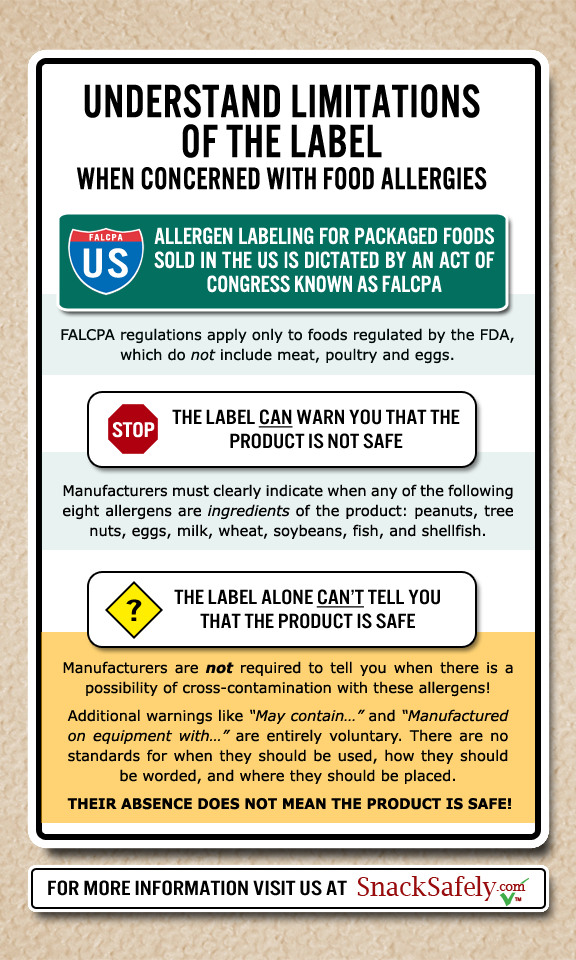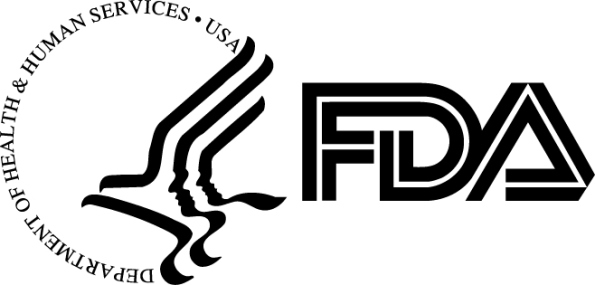Earlier this week, the US Food and Drug Administration (FDA) published a consumer update entitled “Finding Food Allergens Where They Shouldn’t Be“, a must read if you have food allergies or care for someone who does. (Click here to see the publication.)
The update warns that “undeclared allergens” – allergens that are not listed on the label as an ingredient but should be – are the leading cause of food recalls initiated by the FDA.
Of these, the five food types most often involved in food allergen recalls were bakery products, snack foods, candy, dairy products and dressings (such as salad dressings, sauces and gravies). The allergens most often involved in recalls were milk, wheat and soy.
FDA research shows that the most common source of such labeling errors occurs when manufacturers apply the wrong label to a product, as may happen when they produce similar products that have similar looking packaging.
A Warning About Food Labeling in the US
Only eight allergens that are ingredients of the product are covered by the FDA’s labeling guidelines known as FALCPA.

There is absolutely no requirement for manufacturers to warn you when an allergen is processed in the same manufacturing line or facility as the product and may be a danger for cross-contamination. When manufacturers do include such warnings, there are no guidelines for when they should be used, how they should be worded or where they should appear.
Just because the label displays a warning for one allergen and not for another, it does not mean the product is safe from the allergen not listed!
In many cases, the major manufacturers cannot be trusted to provide you with full disclosure (even when contacted via their respective consumer service departments) as they will often refuse to disclose the other products and allergens that are processed on the same line. Be especially skeptical if the company tells you that “if there is a danger for contamination with a specific allergen we’ll label for it“, as their definition of danger may be markedly different from yours.







Excellent, excellent points! This is what I’ve been preaching. Thank you for the article.
Wow. This is so not helpful. Should all of us allergy sufferers just become hermits and grow all our own food? At some point, you just need to live your life. (And always carry an epi-pen, in the statistically remote chance that a rogue trace of peanut, etc., triggers an anaphylactic response. Of course, even without the epi, there’s a 96% chance that your anaphylaxis won’t be fatal, but let’s all live in terror anyway).